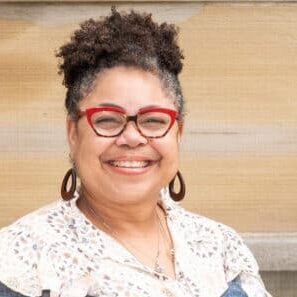You’re probably aware of the stereotypes of older adults. Popular culture loves to depict older adults as lonely, depressed, and isolated. But is that really the truth?
Recent studies show that if you were to measure happiness across a lifetime, it would be curved or U-shaped. People, in general, tend to feel most content in their 20s and after age 50. It’s important to remember that this is a general trend and not everyone’s experience, but it is promising for older adults that their best day are not necessarily behind them.
This phenomenon isn’t limited to the US either. Between 2014 and 2015 the Office of National Statistics in England surveyed over 300,000 people about their overall satisfaction with their life. The surveys showed that contentment peaked between ages 20-34, hit a low at age 49-50, then began to increase until it reached its peak in the mid-60s.
According to Author/journalist Jonathan Rauch in his book, The Happiness Curve, Why Life Gets Better After 50, the key to ending up on the positive end of the happiness curve is focusing on the positive, setting realistic goals, and maintaining relationships with those that are important to you.
Click below for a clip of Jonathan Rauch explaining this phenomenon for the CATO Institute podcast (clip is about 20 minutes).






